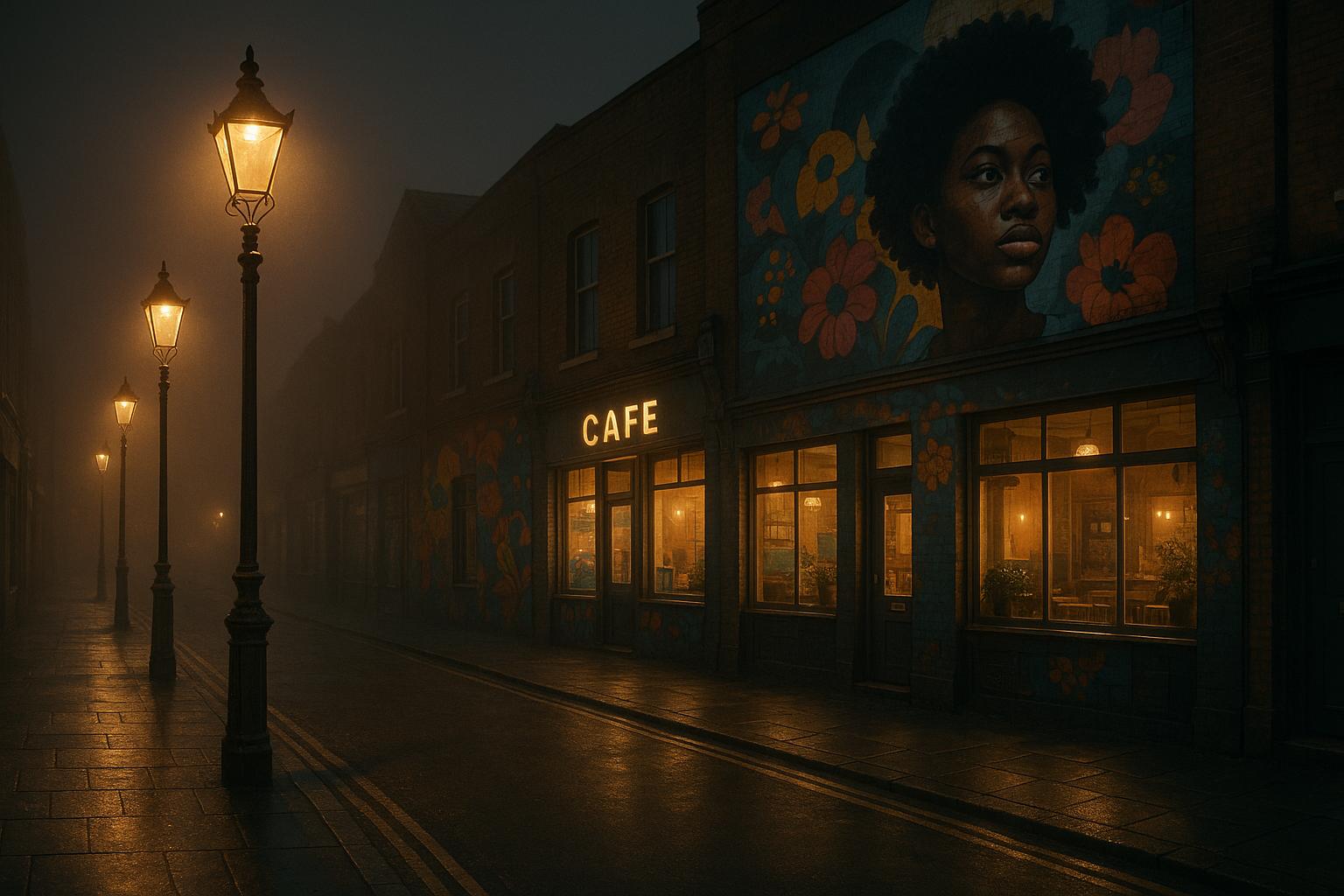London’s allure as a place to live is complex, with some drawn to its vibrant buzz and others yearning for a quieter, more relaxed atmosphere. According to travel blog Muddy Stilettos, the city offers a range of neighbourhoods that blend an urban lifestyle with a village-like feel, appealing to those who seek a balance between excitement and calm. The blog highlights eight such areas across London, ranging from north to south and east to west, each with its distinctive charm and community vibe.
Among these, Crouch End in North London stands out for its elegant and laid-back atmosphere, attracting celebrities like David Tenant and Simon Pegg. It is known for its plentiful green spaces, excellent schools, and thriving food scene featuring establishments like Les 2 Garçons Bistro and Dunn's Bakery. Property prices in Crouch End reflect its desirability, with flats averaging around £542,523 and terraced homes reaching upwards of £1.2 million.
East London’s De Beauvoir Town offers a unique yet peaceful environment just steps from Dalston Overground station, combining scenic canal walks with indie coffee shops, making it attractive for those seeking calm without sacrificing connectivity. Property values here include flats averaging £637,863 and semi-detached homes soaring above £2.2 million. Similarly, Greenwich in South East London blends historical charm with river views and cultural highlights such as world-class museums and the O2 arena, offering a village-like feel within the capital. Here, terraces average about £802,000, with semi-detached homes climbing beyond £1.4 million.
South London neighborhoods continue to rise in popularity. Herne Hill balances leafy calm and city cool with excellent schools and access to parks like Brockwell Park, while Wandsworth is noted for its cultural vibrancy, hosting a fringe festival celebrating local arts, and appealing to a "cool crowd" despite higher property prices. Wandsworth’s transport links to Gatwick and central London also make it a strategically appealing choice. Meanwhile, Walthamstow in North East London merges a strong community ethos with a dynamic cultural scene, attracting both families and younger residents, supported by solid local schooling and a mix of Victorian terraced houses and modern flats.
Further afield in South West London, Teddington provides a countryside escape with parks, indie shops, and proximity to the Thames and Hampton Court Palace, ideal for those prioritising tranquil walks and quaint cafe culture over nightlife. Wimbledon, known for its countryside charm combined with city convenience, offers ample green spaces like Wimbledon Common and good transport links to central London, with property prices that remain relatively accessible compared to other London locales.
House prices across London currently average around £663,258, down by about nine percent from earlier in 2024, although prices in these popular neighbourhoods vary significantly, often reflecting the lifestyle and amenities on offer rather than sheer affordability. The desire to balance urban living with space and community spirit is clear in the diversity of areas highlighted.
Beyond Muddy Stilettos’ selection, broader research underscores South London’s growing popularity. Data from CompareMyMove shows that seven of the top ten most popular London boroughs for relocations in 2025 are in the south, with Wandsworth notably leading the pack. This preference combines lifestyle appeal with relative affordability despite higher property costs. Boroughs like Tower Hamlets, Brent, Southwark, and Croydon also rank highly, offering a mix of cultural landmarks and more affordable housing options.
Nationally, London continues to feature prominently among the best places to live in the UK, with several other neighbourhoods earning recognition for their unique appeal including Bloomsbury, East Dulwich, Stoke Newington, and Telegraph Hill. Each is celebrated for distinctive features such as academic institutions, community spirit, and cultural offerings, catering to a broad spectrum of residents.
Meanwhile, top commuter towns near London like Amersham, Berkhamsted, and Marlow provide alternative lifestyle choices with excellent schools, scenic surroundings, and thriving local cultures. These towns offer a balance between accessible city connections and a higher quality of life, increasingly sought after as working from home and flexible commuting reshape residential preferences.
In sum, London’s best places to live in 2026 reflect a broad spectrum of options—from tranquil green spaces and community-oriented enclaves to culturally rich and well-connected neighbourhoods. The real estate market mirrors these distinctions, with price variations reflecting the trade-offs between lifestyle, convenience, and affordability. Whether one favours the vibrant buzz of East London's canals, South London's cultural hubs, or West London's leafy commons, the capital continues to provide diverse living environments tailored to a range of tastes and needs.
📌 Reference Map:
- Paragraph 1 – [1], [4]
- Paragraph 2 – [1], [7]
- Paragraph 3 – [1]
- Paragraph 4 – [1], [3]
- Paragraph 5 – [4], [2]
- Paragraph 6 – [5], [6]
- Paragraph 7 – [1], [3], [4]
Source: Noah Wire Services
